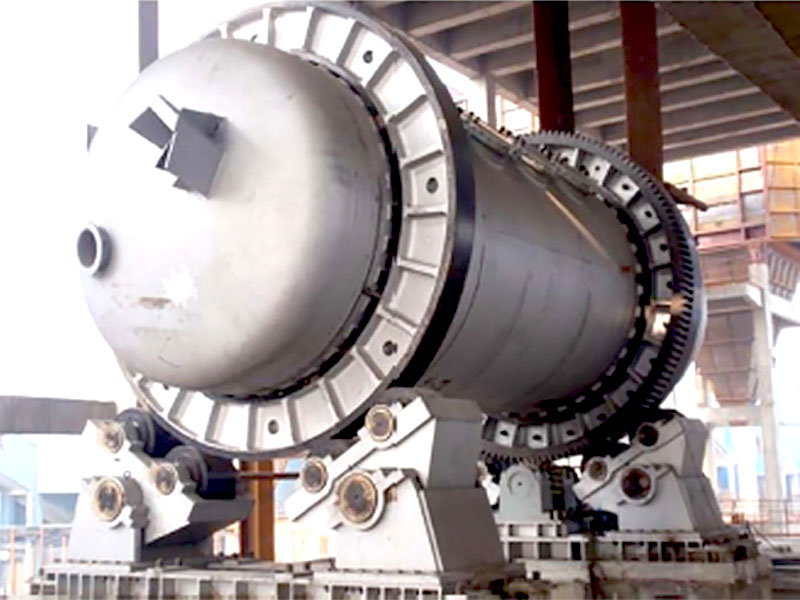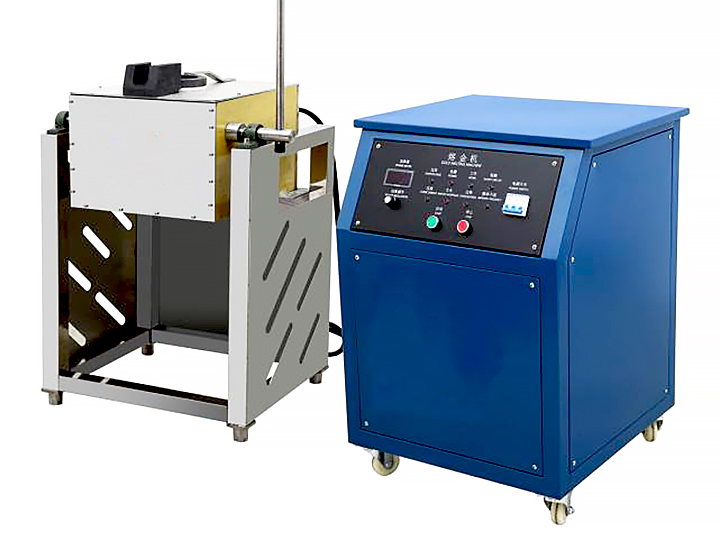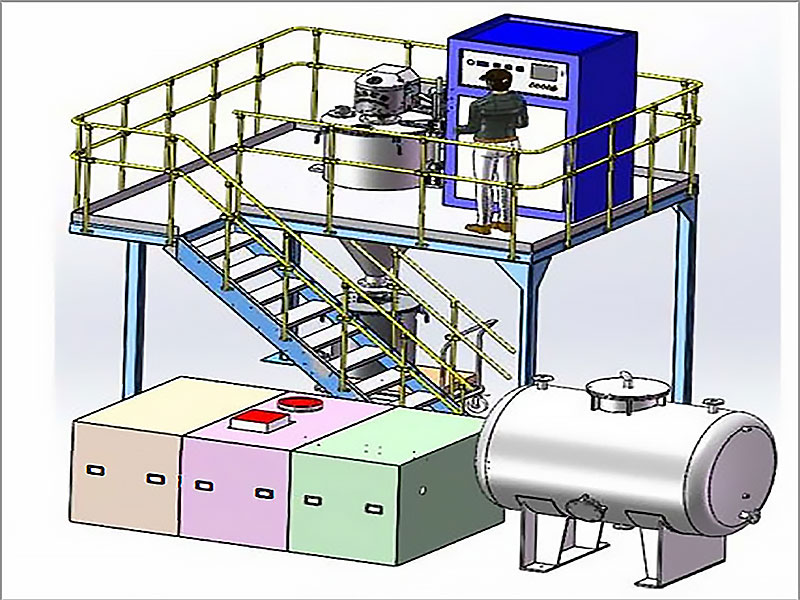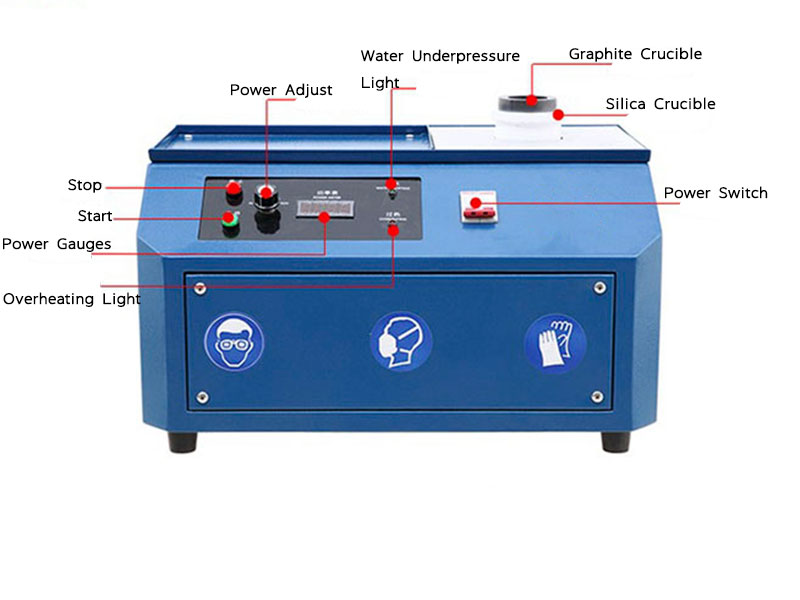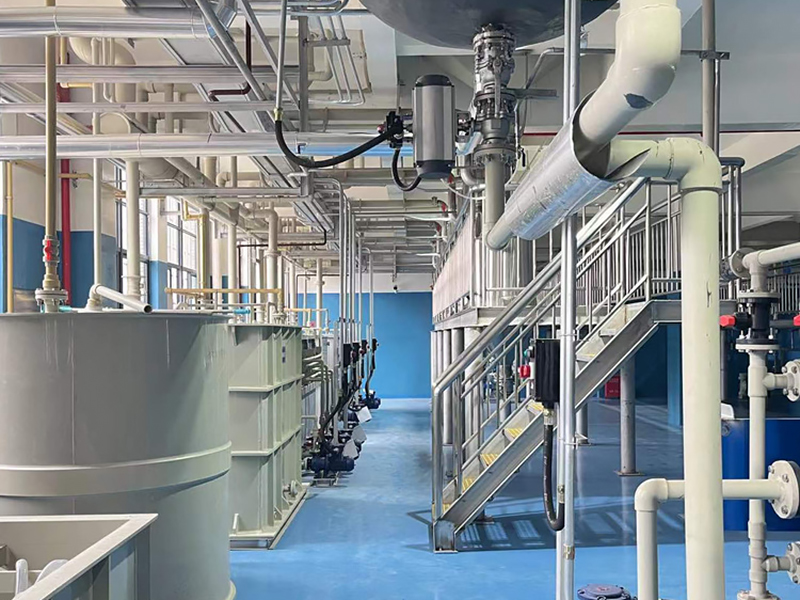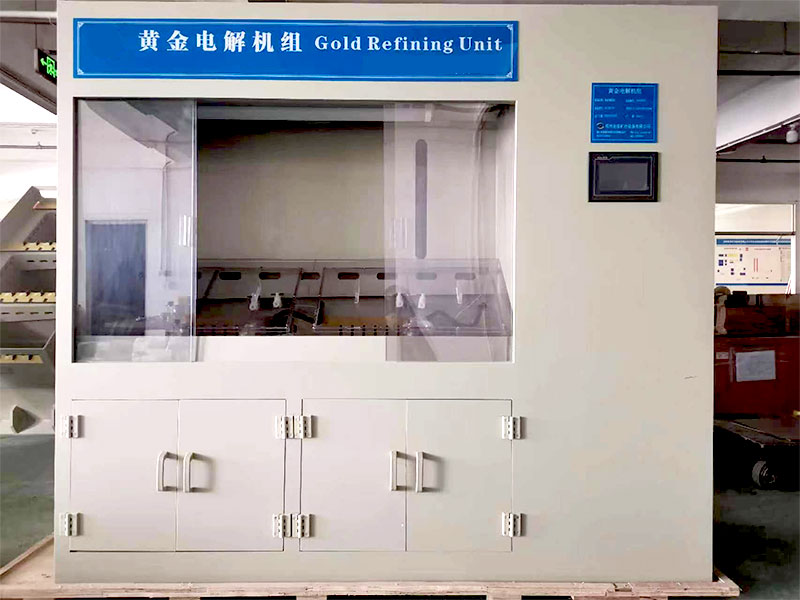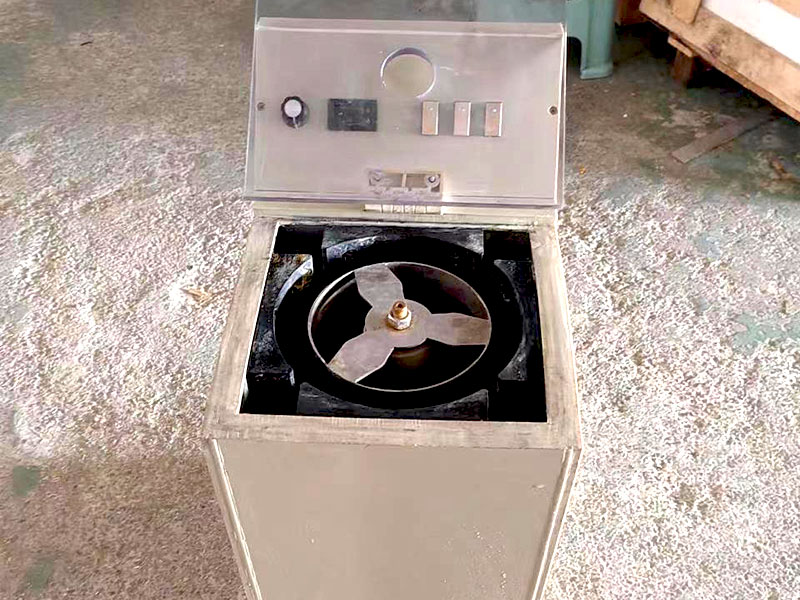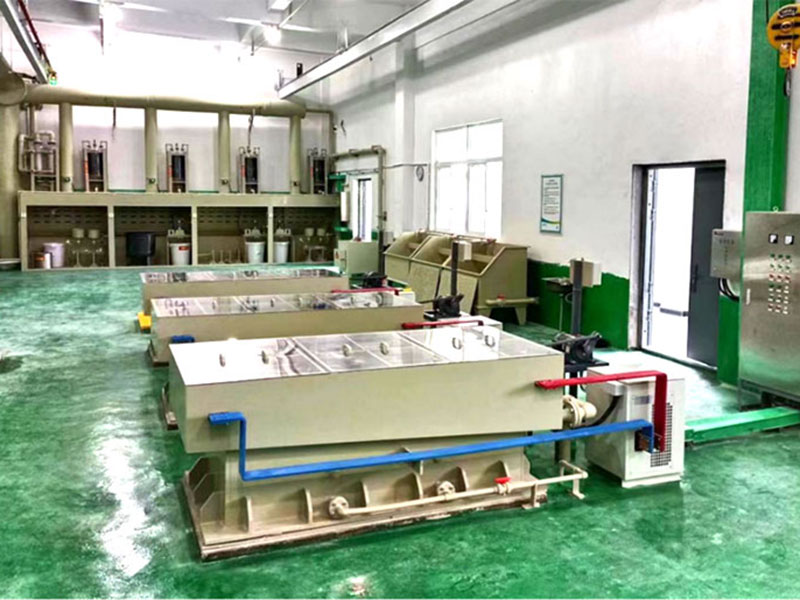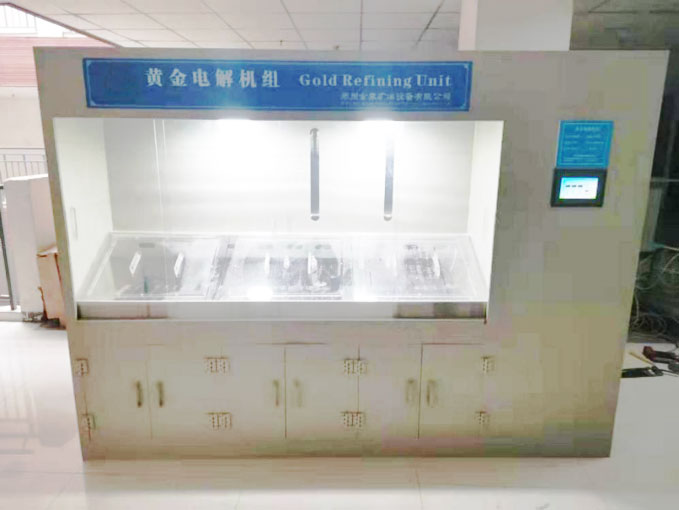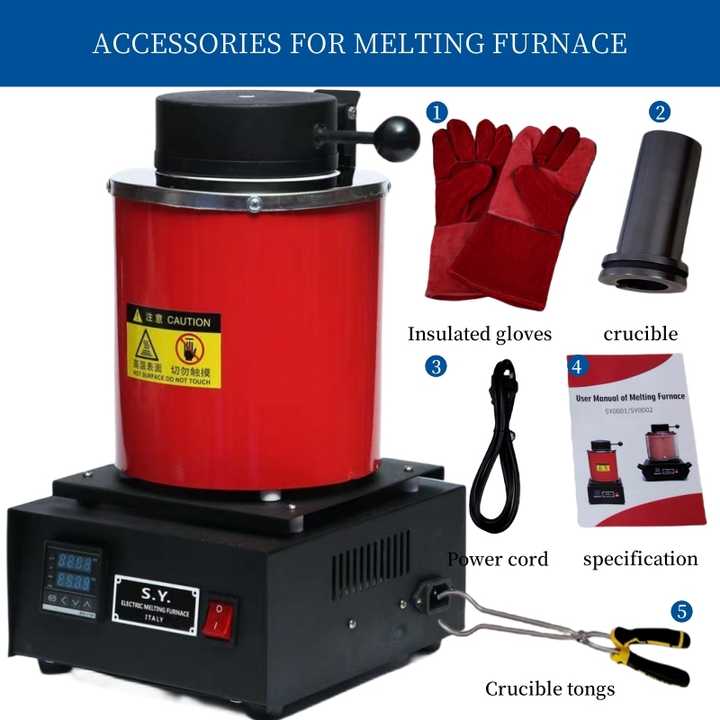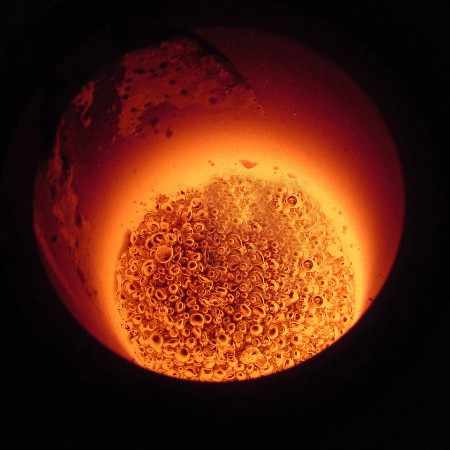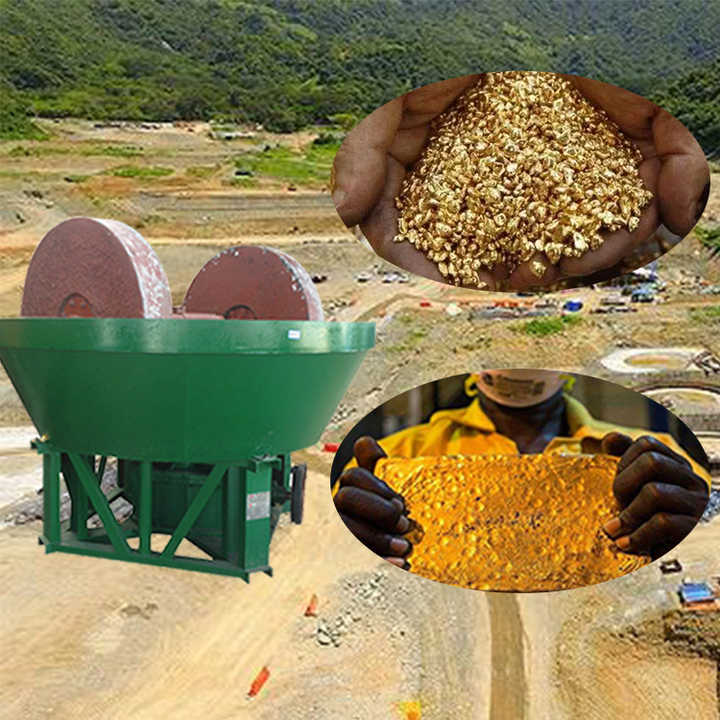smelting of gold
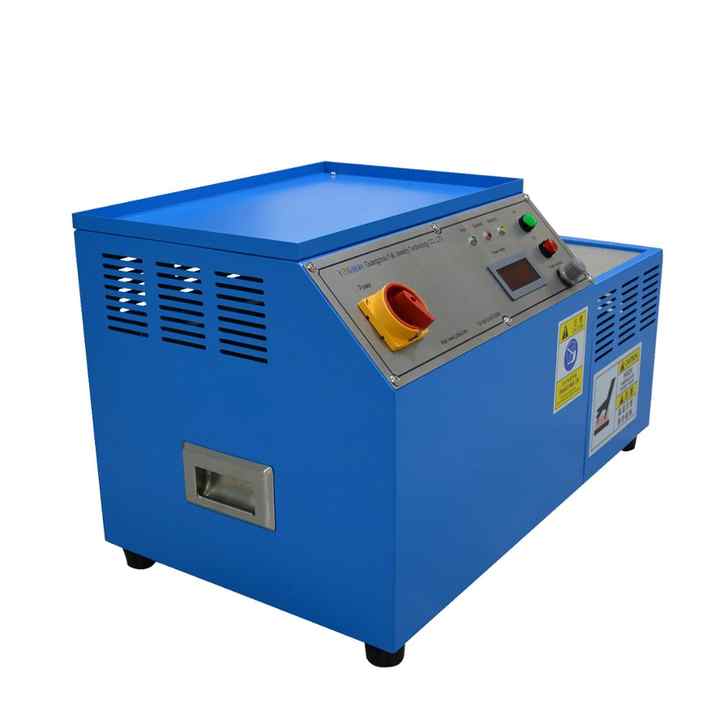
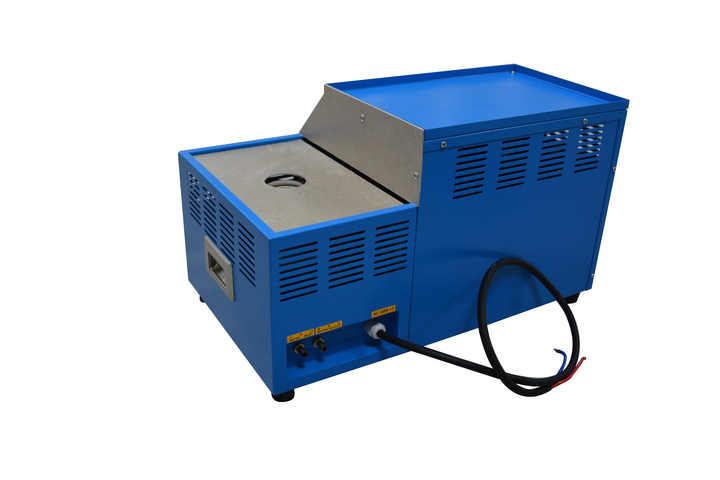
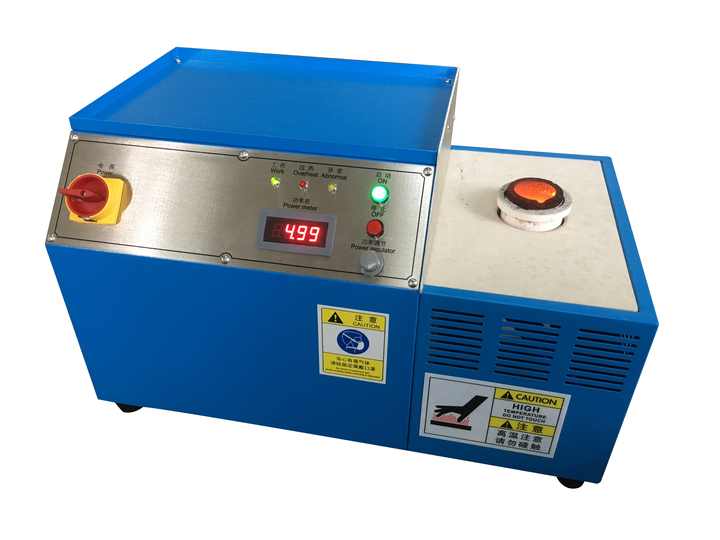
Smelting of gold is a crucial step in the gold refining process, where raw gold ore is transformed into pure, usable gold. This article delves into the smelting of gold, examining the methods, equipment, and considerations involved in this vital process.
The Basics of Smelting of Gold
The smelting of gold involves heating gold ore to high temperatures to separate the metal from impurities. This process not only melts the gold but also removes unwanted materials such as sulfur and other metals. Effective smelting is essential for producing high-quality gold, which can then be used in various applications from jewelry to electronics.
Methods Used in the Smelting of Gold
Several methods are employed in the smelting of gold, each suited to different types of ore and operational scales. The choice of method affects the efficiency and quality of the final product.
Traditional Furnace Smelting
Traditional furnace smelting is one of the oldest methods used in the smelting of gold. This process involves heating gold ore in a furnace using fuels like charcoal or gas. The furnace can be a crucible or an electric arc furnace, depending on the scale of operation. While traditional methods are effective, they may lack the precision and efficiency of modern techniques.
Induction Furnace Smelting
Induction furnace smelting represents a more modern approach to the smelting of gold. This method uses electromagnetic induction to generate heat, allowing for precise temperature control and efficient melting of gold. Induction furnaces are favored for their ability to achieve high temperatures quickly and their energy efficiency, making them suitable for both small-scale and large-scale operations.
Microwave Smelting
Microwave smelting is an emerging technique in the smelting of gold that uses microwave energy to heat the gold ore. This method offers several advantages, including reduced energy consumption and faster processing times. However, microwave smelting equipment can be costly, and the technology is still developing.
Equipment for the Smelting of Gold
The right equipment is essential for effective smelting of gold. Various types of equipment are used, each offering different features and benefits.
Gold Smelting Furnaces
Gold smelting furnaces are designed to reach and maintain the high temperatures required for gold smelting. These furnaces can be electric, gas-fired, or induction-based. The choice of furnace depends on factors such as scale, budget, and required temperature control. High-quality furnaces ensure consistent results and efficient processing.
Crucibles
Crucibles are heat-resistant containers used to hold gold ore during the smelting process. Made from materials such as graphite or ceramic, crucibles must withstand extreme temperatures and resist corrosion. The choice of crucible material affects the efficiency and purity of the smelting process.
Smelting Kits
Smelting kits are compact setups designed for smaller-scale operations or hobbyists. These kits typically include a furnace, crucible, and other essential tools for smelting gold. While not as advanced as industrial equipment, smelting kits are effective for small-scale refining and can be a cost-effective option for individuals.
Safety Equipment
Safety is a critical consideration in the smelting of gold. Proper safety equipment, including heat-resistant gloves, goggles, and protective clothing, is essential to protect operators from the high temperatures and potentially hazardous materials involved in the smelting process.
Key Considerations in the Smelting of Gold
When engaging in the smelting of gold, several factors must be considered to ensure efficient and effective results.
Temperature Control
Accurate temperature control is crucial in the smelting of gold. The process requires precise heating to melt the gold and remove impurities without overheating or causing unwanted reactions. Modern furnaces with advanced temperature control systems offer greater precision and consistency.
Energy Efficiency
Energy efficiency is an important factor, particularly for large-scale smelting operations. Induction furnaces are known for their energy efficiency, which can significantly reduce operational costs. On the other hand, traditional methods and gas-fired furnaces may be less energy-efficient but can be more cost-effective for smaller operations.
Purity of the Gold
The goal of smelting is to achieve the highest possible purity of gold. The choice of method and equipment can affect the purity of the final product. Advanced smelting techniques and high-quality equipment contribute to the production of purer gold by effectively removing impurities.
Maintenance and Care for Smelting Equipment
Proper maintenance and care of smelting equipment are essential to ensure its longevity and optimal performance. Regular upkeep prevents breakdowns, reduces downtime, and maintains the quality of the smelting process.
Regular Cleaning
Cleaning the smelting equipment, including furnaces and crucibles, is essential to remove residues and prevent contamination. Regular cleaning helps maintain the efficiency of the equipment and ensures the purity of the smelted gold.
Inspection and Calibration
Frequent inspection of the equipment’s components, such as heating elements and temperature controls, is necessary to identify wear and tear. Calibration of temperature settings ensures that the equipment operates within the desired parameters, maintaining the accuracy of the smelting process.
Replacement of Parts
Over time, parts of the smelting equipment may wear out and need replacement. Using genuine replacement parts from the manufacturer ensures that the equipment continues to function correctly and safely, minimizing the risk of operational issues.
The smelting of gold is a vital process in the gold refining industry, requiring precise techniques and high-quality equipment to achieve optimal results. Whether using traditional furnaces, modern induction methods, or emerging technologies like microwave smelting, the choice of method and equipment significantly impacts the efficiency and purity of the final gold product. By understanding the methods, equipment, and considerations involved, operators can ensure successful gold smelting operations and produce high-quality, refined gold.

